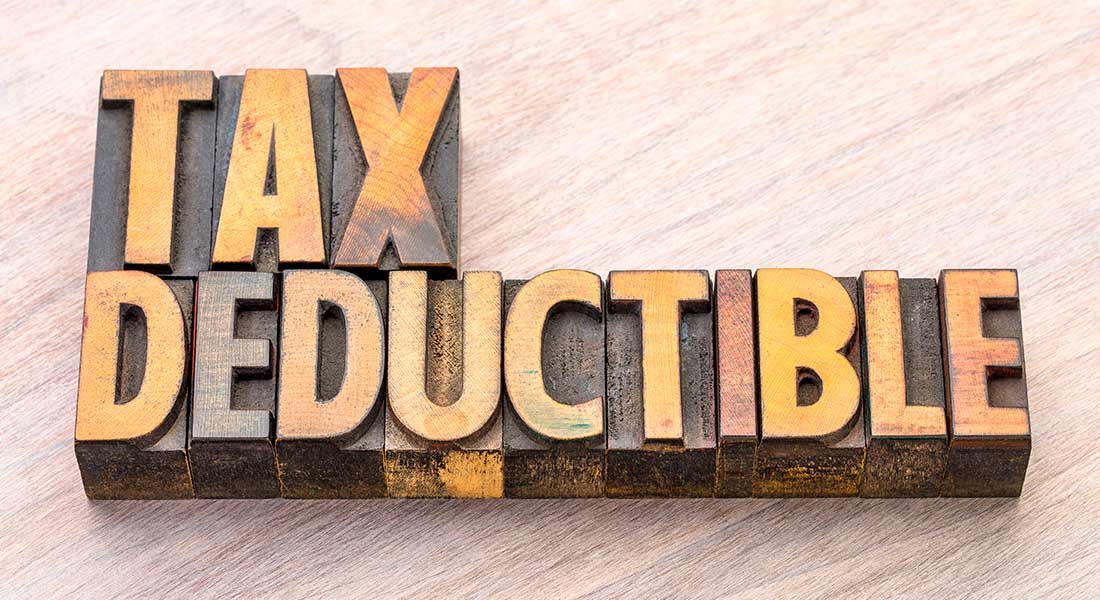Estimated reading time: 4 minutes
Millions of small business owners throughout the country are looking for ways to save money without sacrificing quality or customer service. Stretching every dollar is an intelligent business move because it provides a nice financial cushion during unexpected slow sales periods or sudden economic downturns. One way that business owners are saving money is by taking advantage of the Section 179 tax deduction. If you are unfamiliar with this IRS tax code, this Balboa Capital blog post is your Section 179 tax deduction guide.
It has all the critical information you need, such as the 2025 deduction and bonus depreciation limits. Read on to learn how to put Section 179 to work for your business.
How it all started.
The Section 179 tax deduction dates back to 1981 when it became part of the Economic Recovery Tax Act (ERTA), as explained in more detail on History.com™¹. It was enacted to boost the economy by giving unique tax benefits to businesses. It allows business owners to deduct all or part of the equipment purchase price in the year it is acquired and used. This is an excellent alternative to removing the cost basis over several years.
The only stipulation is that the equipment, also referred to as property, must qualify for the deduction. There are many types of qualifying equipment, everything from office furniture and computers to business vehicles, software, machinery, and more. Before making a capital equipment purchase, it is a good idea to check the IRS Section 179 web page to see a list of eligible equipment. Moreover, you should consult a business accountant or a tax professional to determine if the equipment you want qualifies.
Current section 179 deduction limits.
In 2025, the Section 179 deduction limit for qualifying equipment purchases is $1,250,000, and the phase-out threshold is $3,130,000.1 In 2025, bonus depreciation is 40% for equipment placed into service from January 1, 2025, through December 31, 2025.2
Section 179 applies to cash purchases and financed equipment so that you can choose the best option based on your unique financial situation and equipment needs. To get an idea of how much you might be able to deduct, use this handy Section 179 tax deduction calculator.
Understanding bonus depreciation.
The next topic in our Section 179 tax deduction guide is bonus depreciation, which can be confusing. Bonus depreciation is an IRS tax rule that lets you deduct additional depreciation for the cost of equipment beyond the regular depreciation allowance amounts. It would help if you elected the deduction first and the bonus depreciation second.
By combining both, you can boost your deduction amount. However, as mentioned earlier in this blog post, bonus depreciation will remain at 40% in 2025. Therefore, many small business owners make equipment purchases before bonus depreciation drops to 20% after after December 31, 2025.3
More than a tax deduction.
The ability to deduct capital equipment expenses is the most attractive benefit of Section 179. However, what about the positive impact of new or upgraded equipment on your business? In today’s highly competitive business world, the right equipment can set your small business apart from the competition, improve your operational efficiency, and help drive profits.
Many types of equipment have a short lifespan or can become outdated quickly, resulting in many problems relating to productivity. In addition, faulty or outdated equipment can even put employees’ safety at risk in some industries. To prevent these things, you need to invest in new or upgraded equipment when required.
How to get the deduction.
Electing the Section 179 deduction is a relatively straightforward process, and it can be done quickly with the help of an accountant or tax professional. First, you must complete Part 1 of IRS form 4562 and attach it to your tax return. However, something important to remember is that just because you purchase or finance qualifying equipment or property does not mean the IRS will automatically facilitate the deduction.
To move forward with a Section 179 deduction, you need to elect to take it and complete and file the necessary IRS form and any additional paperwork, if required. Discuss this in advance with your accountant if you plan to expense the cost of qualifying business equipment over consecutive years. They will let you know if you can use the Section 179 carryover provision.
Section 179 limits and information on the Balboa Capital website are for illustrative purposes only; the Section 179 limits and information provided are subject to change by the IRS. Please visit the IRS website or consult a qualified tax professional for confirmation of the current Section 179 limits and information related to your situation.
Reference:
1. https://www.history.com/this-day-in-history/reagan-signs-economic-recovery-tax-act-erta
2. https://www.irs.gov/pub/irs-drop/rp-24-40.pdf
3. https://www.nolo.com/legal-encyclopedia/50-bonus-depreciation-likely-extended-2014.html
Balboa Capital, a Division of Ameris Bank, is not affiliated with nor endorses History.com, the Internal Revenue Serrive (IRS), or Nolo. The opinions voiced in this material are for general information only and are not intended to provide specific advice or recommendations for any individual.
